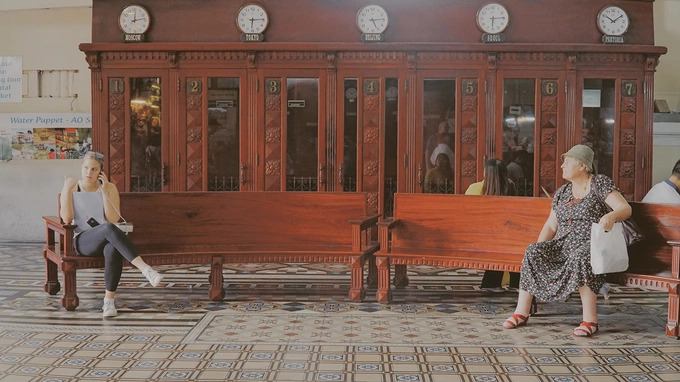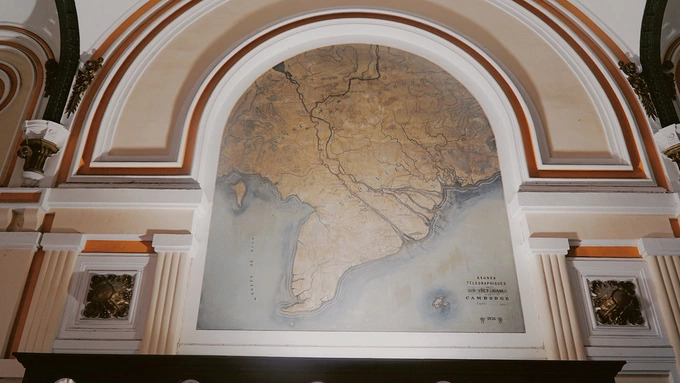The phone rings, and a Vietnamese person somewhere on the planet picks up the phone.
“A lô? Ai đây ạ?”
It’s the well-worn phone greeting which has become its own audio track within the film that is Vietnam. Translation: “Hello? Who is it?”
One imagines a Frenchman in Saigon one-and-a-half centuries ago, during the early days of French colonial rule in Vietnam, stepping into a wood-panelled phone booth of the Saigon Central Post Office and uttering a similar phrase:
“Allô? Vouz m’entendez?”

Language – its various cadences, diction and general evolution – remains the witness of history’s passages of intercultural exchange, even long after the moment itself has passed.
If you’ve ever wondered why the Vietnamese “a lô” to acknowledge you over the phone or in-person, the answer runs in line with the introduction of the telephone to a country which would later become the colonial era communications hub for a then French-occupied Indochina.
The instalment of French telecommunications
Many vestiges of France’s century-long era of influence in Vietnam retain their visual significance today in the form of heritage-listed Indochine yellow buildings beset with the latticed windows and ornate exterior carvings characteristic of the French.

For the Vietnamese “a lô”, the introduction of telecommunications infrastructure to Vietnam in the late 1800s is often hailed as the beginning of the phone signifier.
Linguistically, the interjection was typically phrased as a question when it first became fashionable in the late 19th century: a functional tool for verifying whether the phone line was operating and to confirm whether the listener was indeed present to initiate the conversation.
The telephone system in Saigon reportedly began operation from 1 July 1894.
Two large maps displayed within the iconic Saigon Central Post Office, built between 1886 and 1991 during a time when Vietnam’s postal system was beginning to modernize, now showcase the extent and connectivity of Saigon’s telecommunications network – 2,000 kilometers of telegraph line domestically and separate connections to Cambodia, Thailand and Laos.

The Vietnamization of French language
Today, the French-inspired “a lô” in Vietnamese language and culture functions on its own, beyond the strictures of the early-day telegraph line.
“A lô ạ?” carries the politeness of a first-time greeting, or a younger person answering to another whose age and seniority they have not yet ascertained.
Dropping the question mark transforms it into a simple hello: “A lô” – go ahead, just speak.
The greeting has now become embedded in everyday life, text messages and popular culture – influenced by the French, and now spoken by the Vietnamese with a warmth and familiarity which transcends place.
Three letters, quintessential in meaning, understood by Vietnamese people everywhere.
